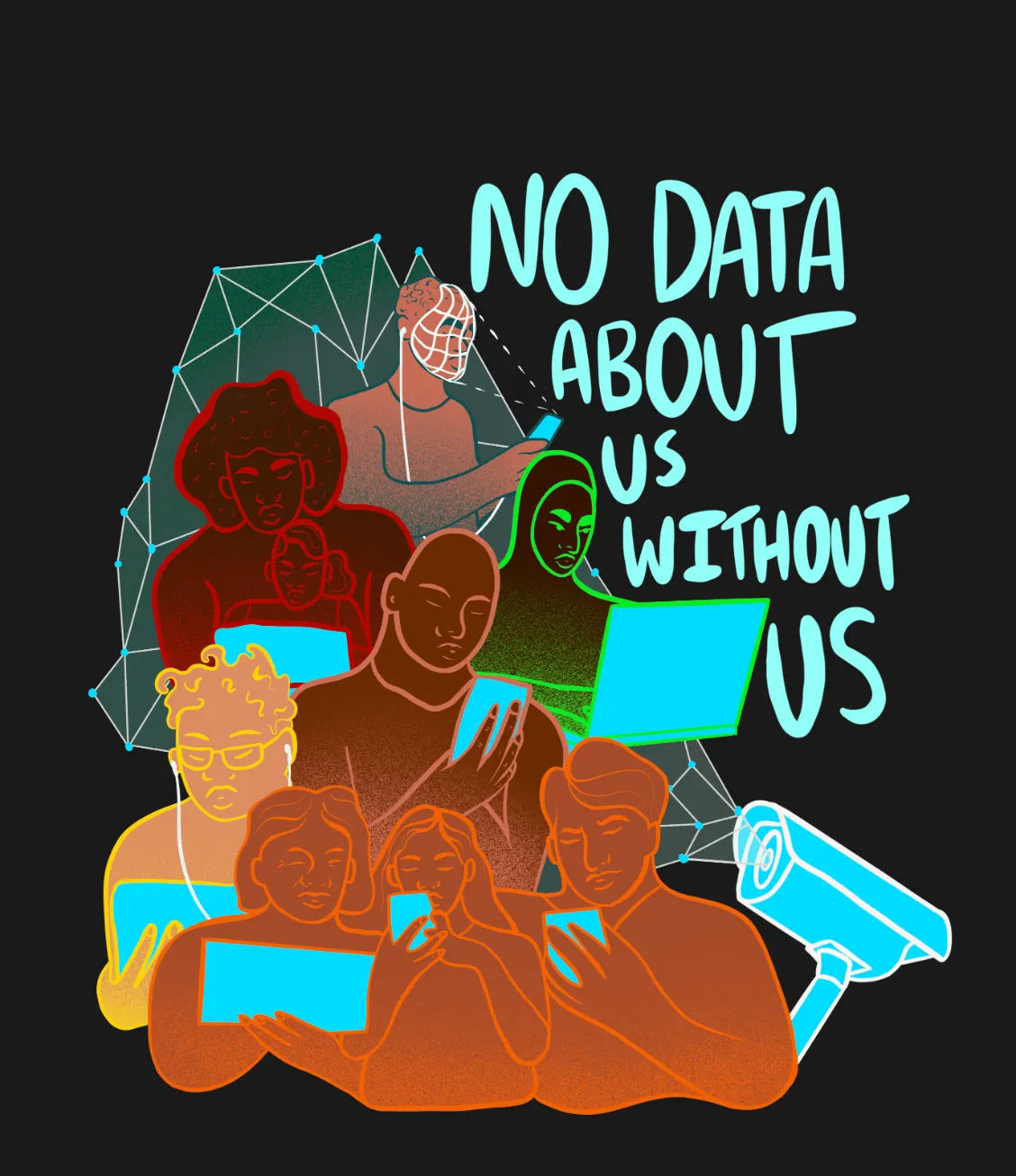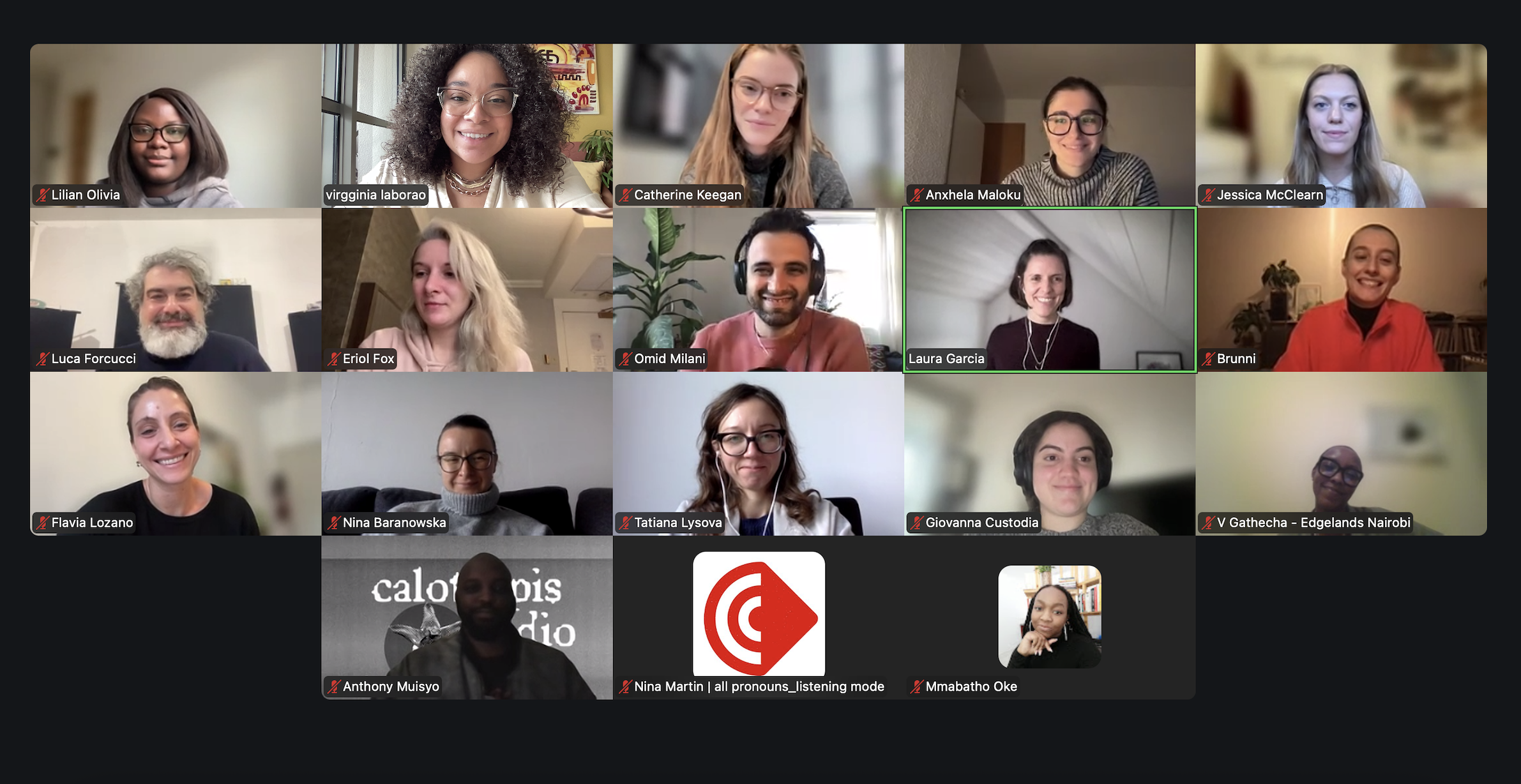Dépêche d'Oslo : Revoir le contrat social urbain dans le "régime de bonté".
Santiago UribeUn examen approfondi du modèle norvégien de contrat social.

Photographie de Santiago Uribe
"Maintenant 1 million d'utilisateurs ont téléchargé Infection Control, hourra !" (sic). L'Institut norvégien de santé publique (FHI) a tweeté triomphalement que son application de traçage des cas contacts "Smittestopp" avait été téléchargée par un million d'habitants. Même si de telles applications a donné des résultats mitigés, le succès de l'État norvégien a su freiner les taux d'infection et de décès dus à la Covid-19, et maintenir le virus à distance.
Des études préliminaires ont montré que les applications de recherche de cas contacts ne sont efficaces que lorsqu'elles sont utilisées en combinaison avec d'autres mesures politiques. En effet, la complexité de la technologie, son interopérabilité et les préoccupations relatives au respect de la vie privée ont compromis leur succès en Europe. Précisément, en Norvège, un comité d'experts a examiné l'application et a conclu qu'elle stockait trop d'informations personnelles. L'autorité norvégienne de protection des données a averti que le gouvernement continuait à collecter des données qui n'étaient pas analysées en raison du faible taux d'infection et que la conservation des données enfreignait potentiellement les lois sur la protection desdites données. Le 15 juin, FHI a annoncé que l'application cesserait de collecter des données et a conseillé au public de désactiver l'application. Le gouvernement, qui se conforme à la loi et respecte la vie privée des individus, a également cessé de collecter des données personnelles et a mis fin à cette forme de surveillance dès que la menace et l'objectif initial avaient cessé d'exister.
Soutenu par un fonds souverain valant des trillions de dollars, l'État norvégien a pu faire face à la pandémie avec un succès relatif (du moins par rapport à la Suède et à d'autres États de l'UE). Le gouvernement d'Erna Solberg s'est donné trois objectifs afin de lutter contre le virus : ralentir et contrôler la propagation du virus au niveau national, atténuer les impacts d'une retombée économique, et faire face aux coûts sociaux des politiques adoptées. Tout d'abord, pour réduire le taux d'infection à l'intérieur du pays, le gouvernement a ordonné des restrictions de voyage, l'interdiction des rassemblements publics et privés, la fermeture des entreprises non essentielles et la mise en place du télétravail. Le gouvernement a tenu des conférences de presse quotidiennes pendant près d'un mois pour en informer le public, et a en même organisé une pour les enfants. Deuxièmement, pour atténuer les répercussions des retombées économiques, la Norvège a déployé son généreux système de sécurité sociale en accordant des réductions d'impôts, en subventionnant les salaires et les industries, et en couvrant les indemnités de chômage de tous ceux qui avaient perdu leur emploi, y compris les étudiants et les travailleurs étrangers. Enfin, pour réduire l'impact social de ces mesures, le gouvernement a donné la priorité à la réouverture des services sociaux essentiels pour les groupes les plus vulnérables, notamment les écoles et activités pour enfants ainsi que les services pour enfants aux besoins spéciaux ou ceux à risque. Comme l'a déclaré la Première ministre Erna Solberg (Parti de la droite) : "Le gouvernement a choisi de donner la priorité aux enfants, puis à la vie professionnelle, et enfin aux autres activités."
Grâce à un système de protection sociale généreux et à un solide réseau de sécurité sociale, les coûts humains et économiques de la pandémie ont été largement atténués. Lorsque les entreprises ont fermé et que les travailleurs ont été licenciés, le gouvernement est intervenu pour subventionner les salaires et verser des allocations de chômage à ceux qui avaient perdu leur emploi. Les Norvégiens ont pu rester chez eux et appliquer les mesures de distanciation sociale. Les étudiants ont également bénéficié d'une continuité universitaire et de prêts bon marché alors même que l'enseignement est gratuit (programmes de premier et de deuxième cycle). Les conférences de presse quotidiennes regroupant hauts responsables de la santé publique et scientifiques ont permis de tenir le public informé, et a ainsi nourri une profonde confiance envers les institutions et l'autorité. C'est pour cela que les Norvégiens sont animés par un sentiment de solidarité et de vie en communauté, donnant lieu à un contrat social comparable au "régime de bonté", baptisé par Terje Tvedt. Ce terme donne un caractère technocratique ("régime") à une éthique morale nationale ("bonté") et vise alors à refléter le caractère-type norvégien inspiré par Gro Harlem Brundtland, qui disait "qu'il est typiquement norvégien d'être bon". Pour preuve, les Norvégiens sont respectueusement restés chez eux, et le pays a connu une version particulièrement atténuée de la pandémie.
J'ai envie d'écrire sur le rôle des villes dans cette pandémie et sur la façon dont elle a accéléré la nécessité de redéfinir notre contrat social. On dit que les villes nordiques sont parmi les plus agréables à vivre au monde. Certes, les plus grandes villes norvégiennes, Oslo et Bergen, ont connu le plus grand nombre d'infections. Il y a quelque chose à dire sur la densité et certaines communautés où le virus s'est propagé plus rapidement, mais les institutions de la ville ont réagi en conséquence, en tandem avec le gouvernement central, et la réponse a été coordonnée. En Norvège, la ville - l'urbanisation - n'a pas été une force de transformation puissante dans le régime de bonté. En Norvège, la nature et la campagne jouent un rôle central dans l'imaginaire collectif et constituent un puissant symbole national.
J'ai pu constater cela lors du débat public sur les restrictions liées aux virus et sur la recherche des cas contacts, alors que les Norvégiens s'inquiétaient de ne pas pouvoir se rendre dans leurs chalets de montagne. Le fait d'empêcher les habitants de se retirer dans les forêts et espaces verts constituait un abus de pouvoir de la part du gouvernement. Cela a révélé un élément du contrat social norvégien que nous tendons à écarter par automatisme: malgré toute sa confiance dans le gouvernement, les institutions et la solidarité, la culture et le caractère norvégiens sont imprégnés d'une éthique de partenariat avec la nature, d'une forme d'éco-humanisme et d'un idéal romantique de "retour à la nature". Vivre une vie équilibrée avec la nature est au cœur de l'histoire culturelle de la Norvège. Les espaces ouverts, l'accès libre et illimité aux territoires publics, et la relation à la nature constituent le caractère norvégien et leur "bonté". Une grande partie de ces éléments est transposée dans les villes, les rendant de fait très vivables car centrées sur l'Homme et sur la confiance accordée à des institutions solides et compétentes.
Pour évaluer ce contrat social, je me contenterais de citer Martin Sandbu dans "Witoszek" (2011), cartographie de l'histoire culturelle de la Norvège: "grâce à une bonne gestion et à beaucoup de chance, la Norvège est la première société dans l'histoire de l'humanité qui peut offrir un système de protection sociale rendant véritablement tout le monde libre". La chance est venue sous la forme de la découverte de vastes réserves de pétrole brut en mer du Nord dans les années 60 et 70, assurant au pays une immense richesse. La Norvège se classe dans le peloton de tête des pays producteurs de pétrole, et l'ensemble de la production appartient à l'État. La bonne gestion de cette nouvelle richesse a pris la forme d'un fonds souverain national qui soutient les retraites, finance un système de santé public national de qualité et fournit des aides aux enfants, un enseignement supérieur gratuit... En bref, la Norvège assure un système d'État-providence performant. Alors, si d'autres pays disposent également de richesses, de ressources nationales, et de centres financiers mondiaux, ils ne semblent pas offrir autant de liberté, de bien-être et de solidarité que la Norvège.
Nous avons beaucoup à apprendre de ce régime et de ce peuple. La pandémie -comme d'autres catastrophes mondiales- a fait ressortir le meilleur du caractère norvégien. La confiance dans le gouvernement, la solidarité, le sens de la communauté, le respect de la vie privée, et les valeurs démocratiques, ont permis d'éviter un effondrement social et économique. J'espère donc retrouver certains éléments du modèle norvégien dans le contrat social de l'avenir : un lieu paisible où la condition humaine peut s'épanouir, guidée par des valeurs de solidarité, de communauté et d'harmonie avec la nature.



